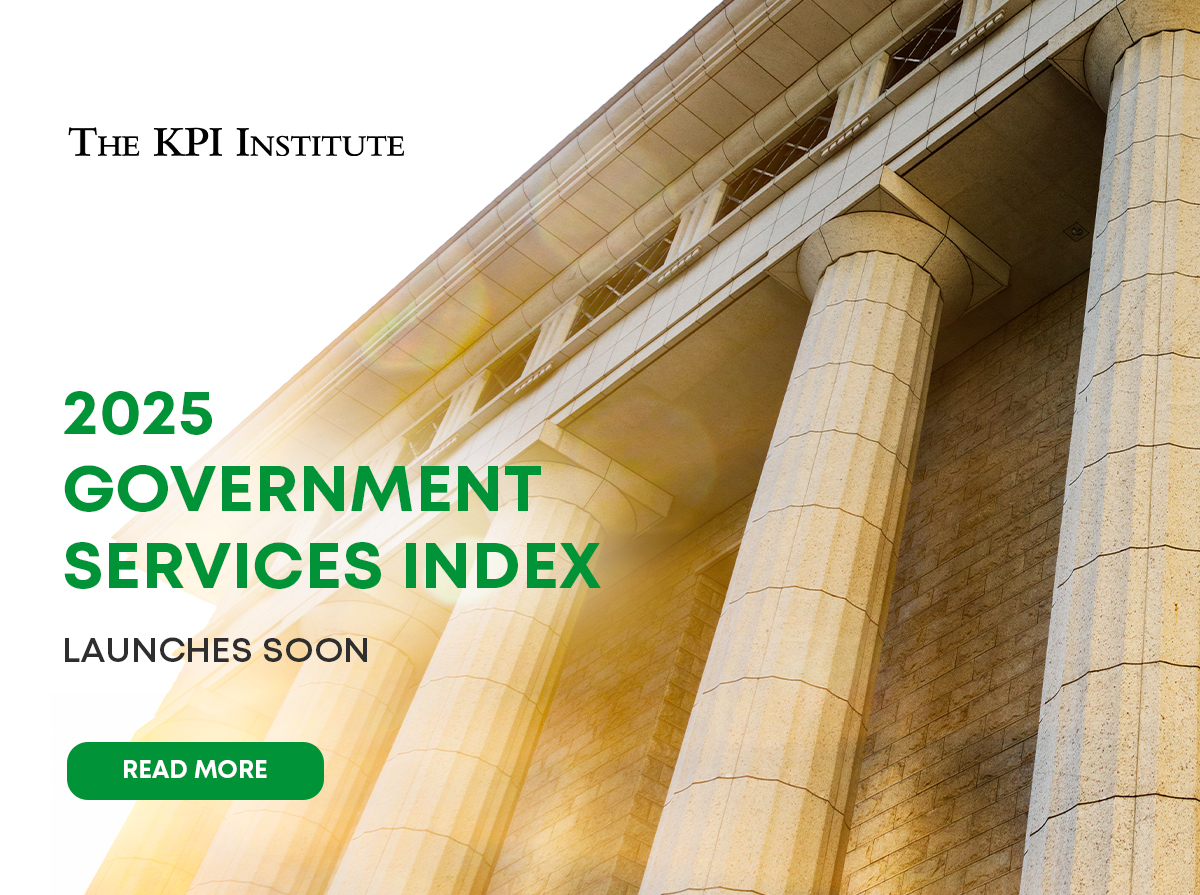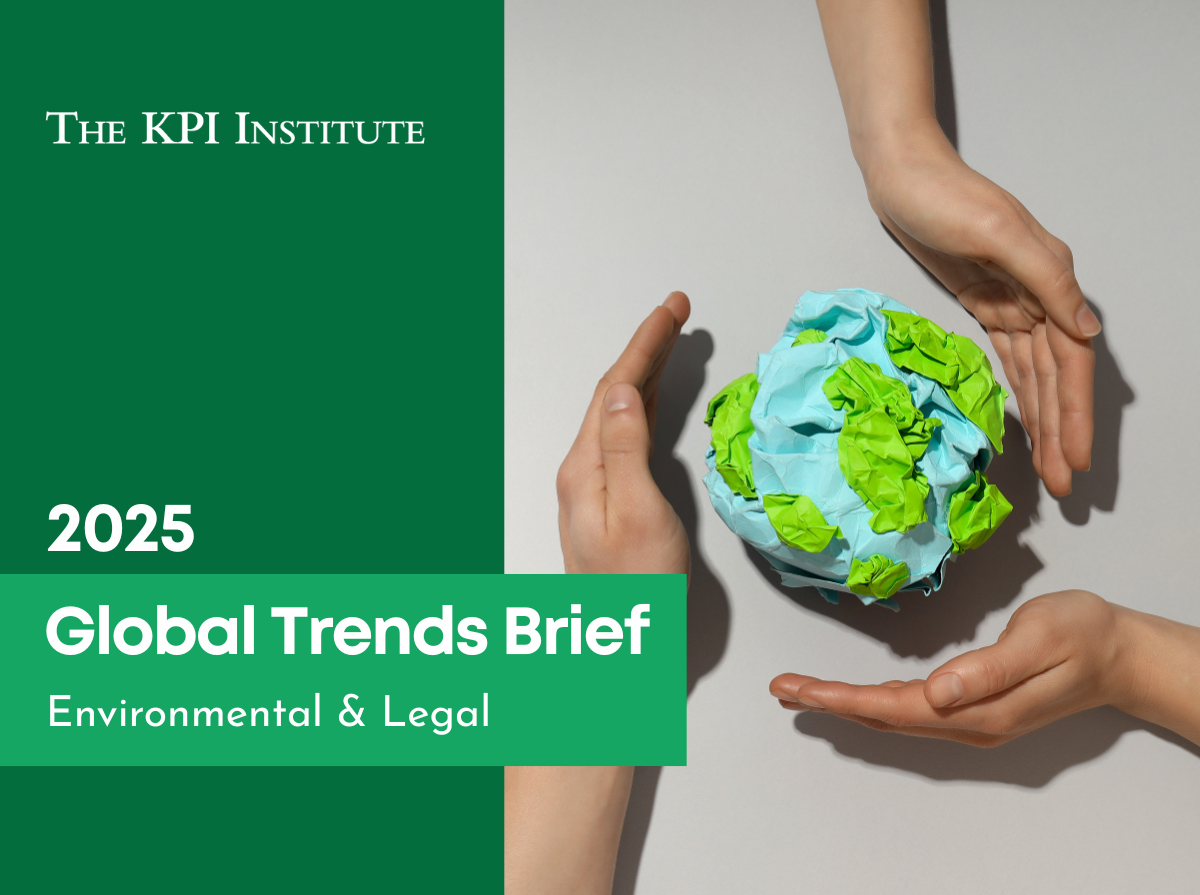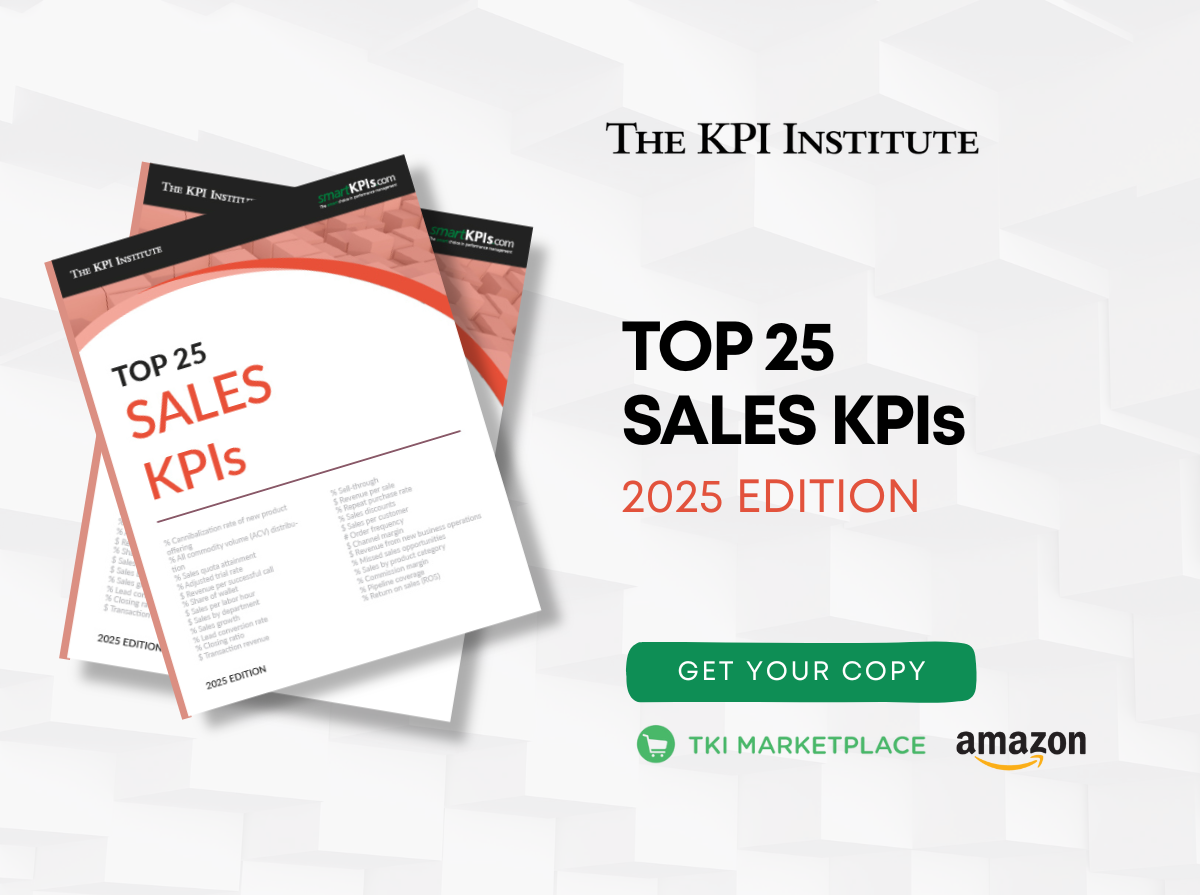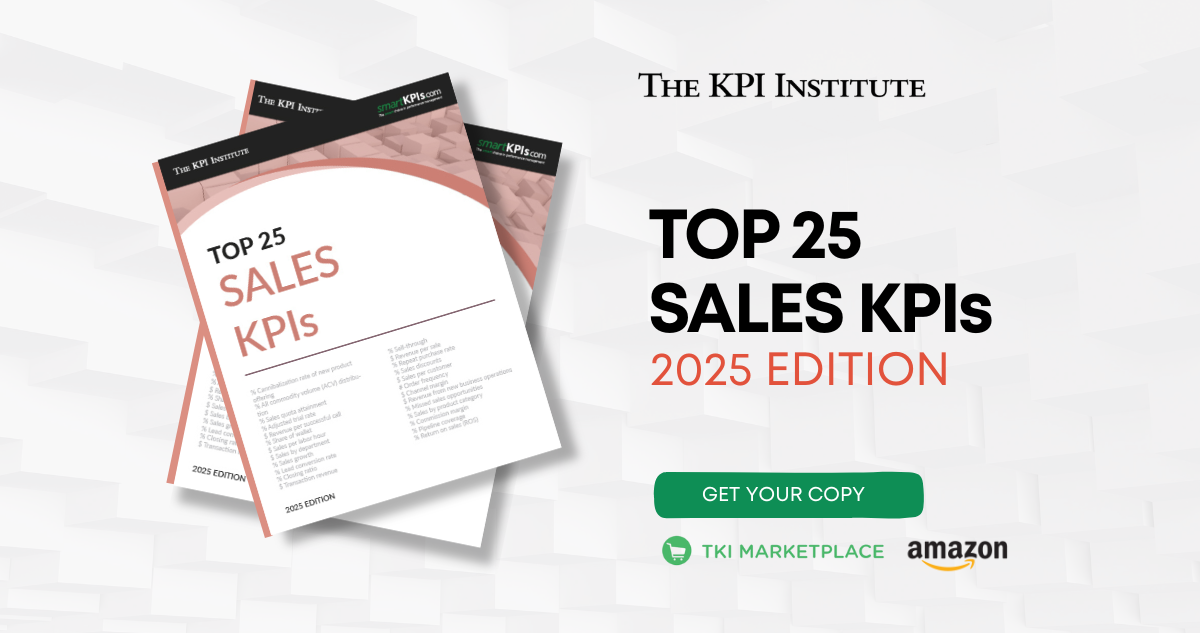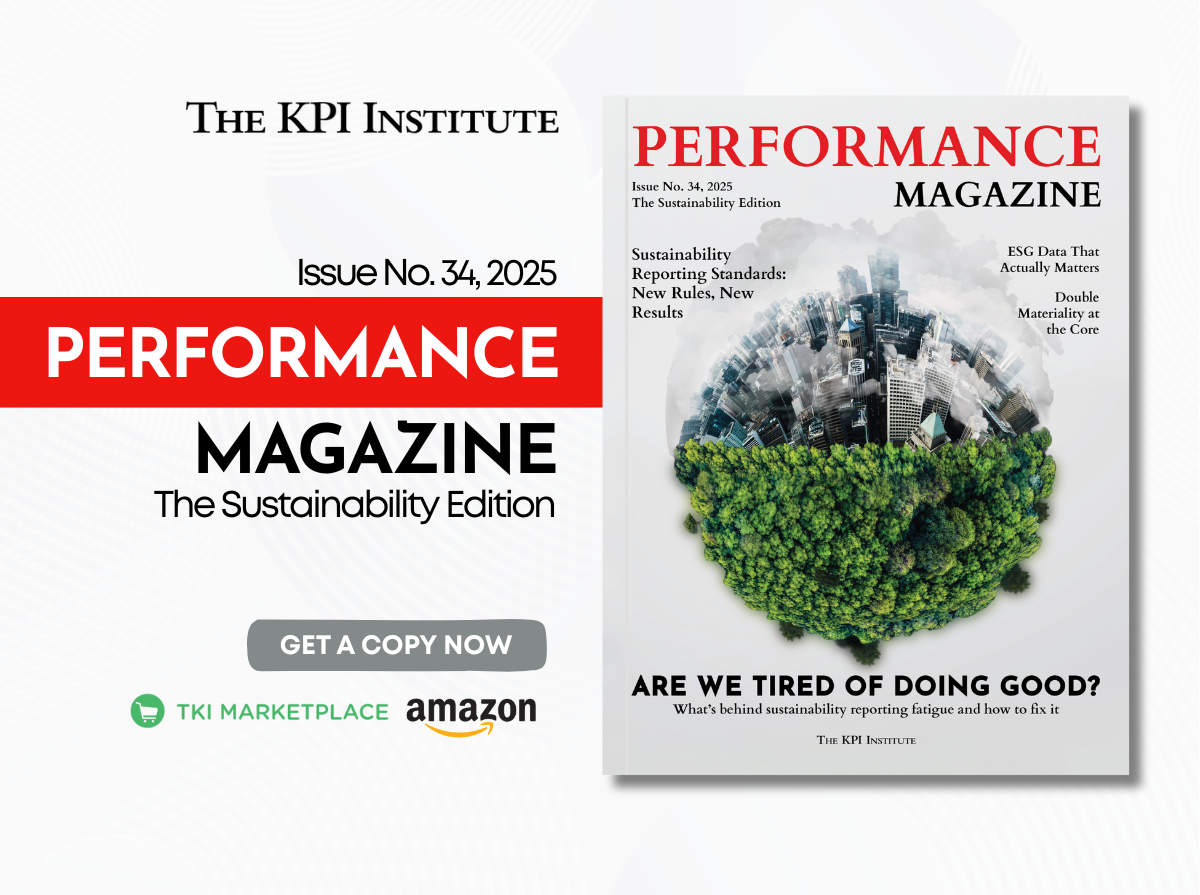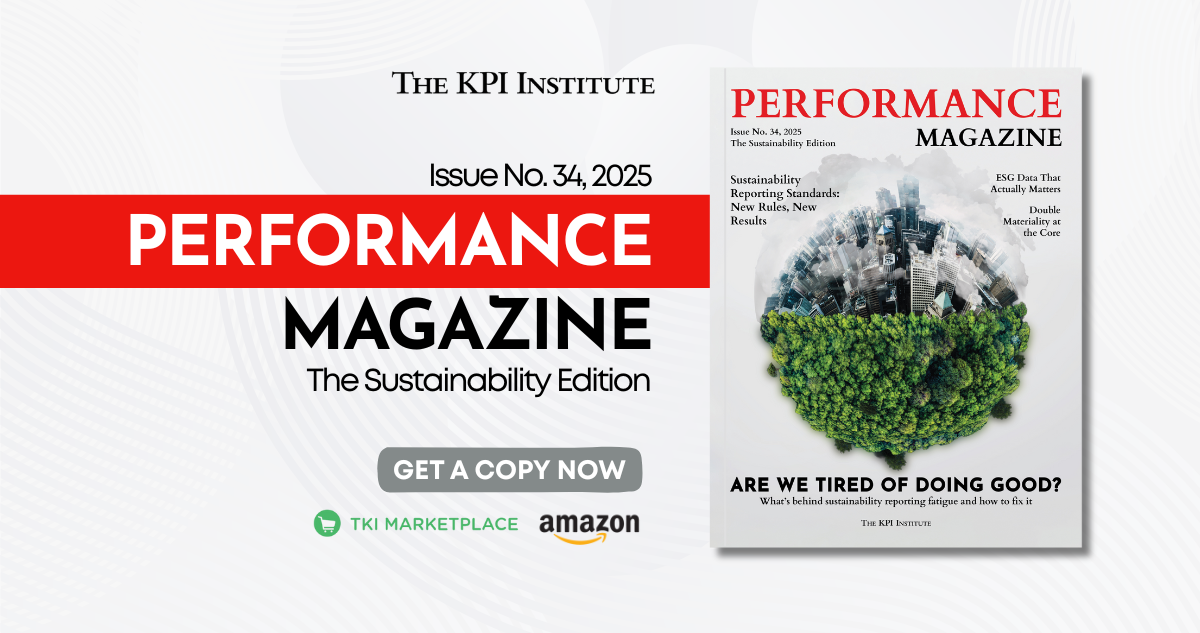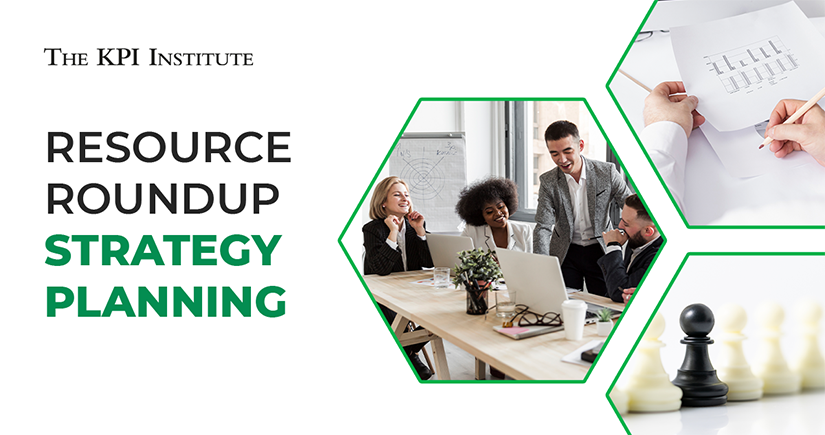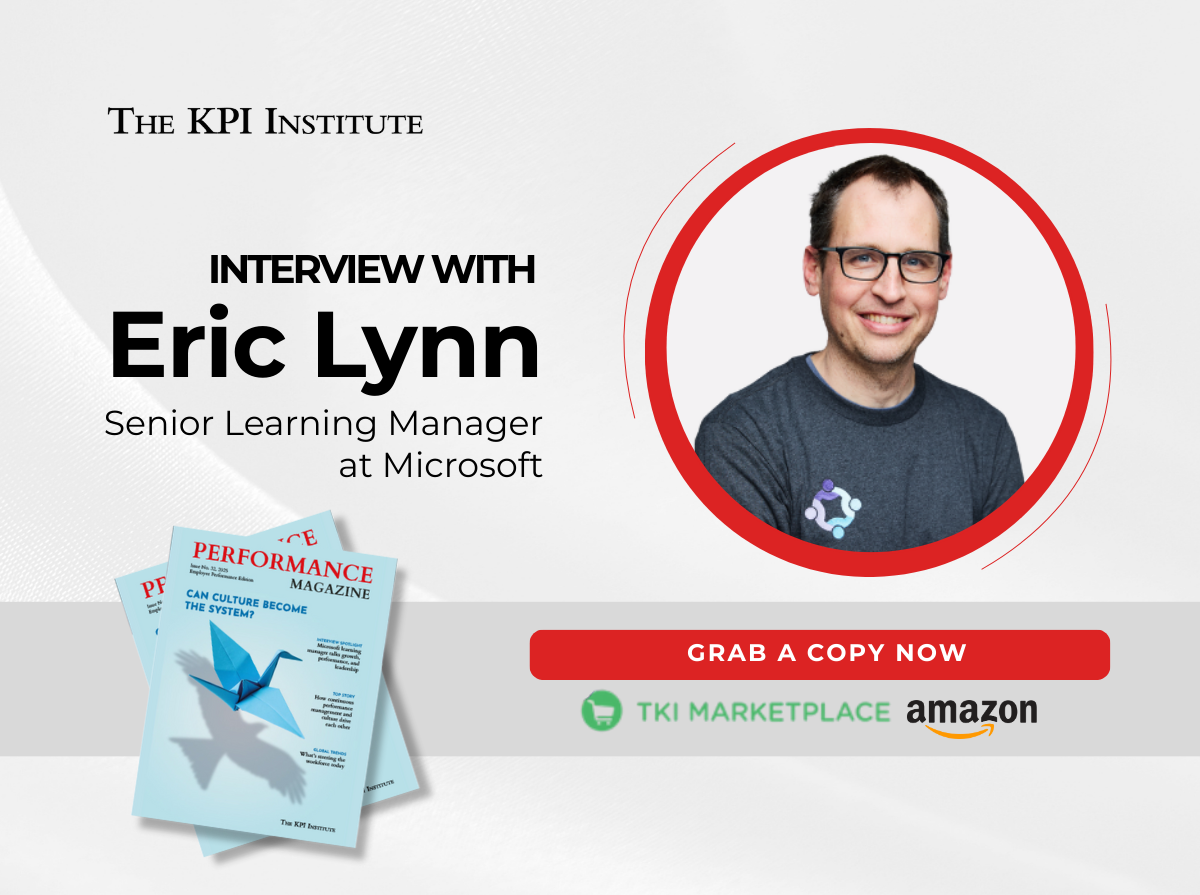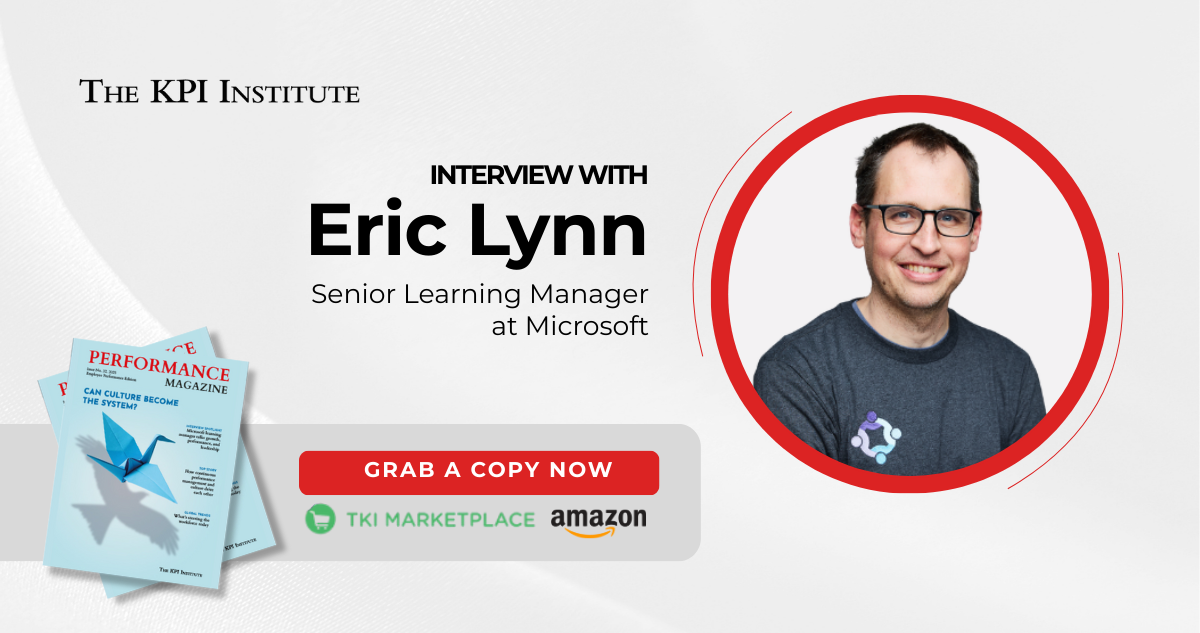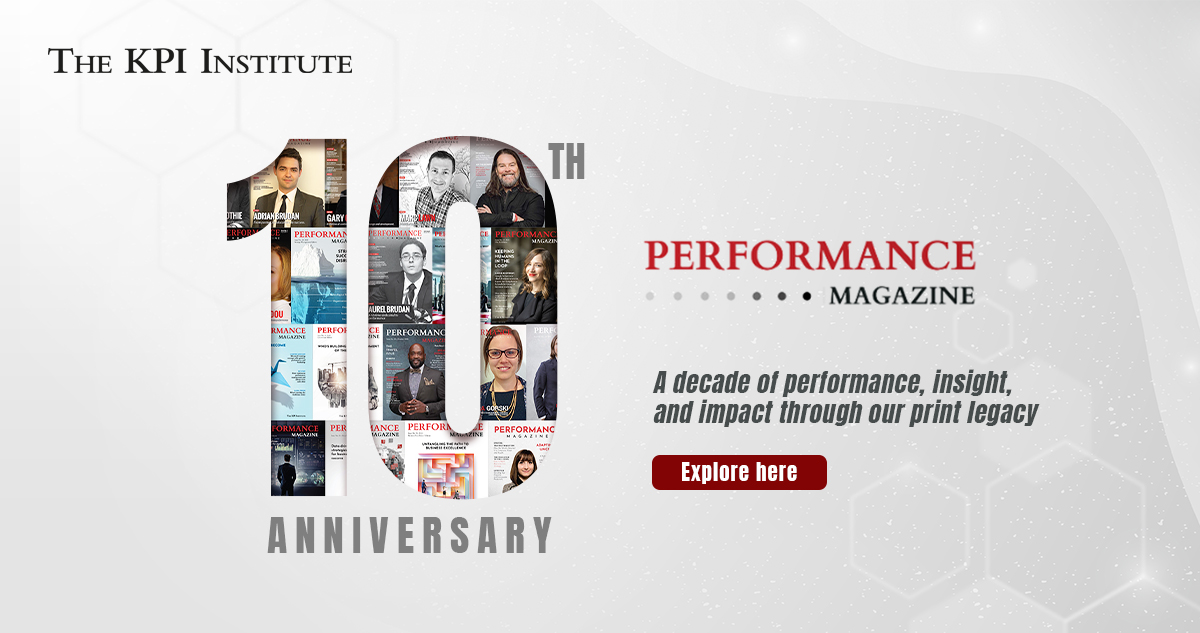
As seasons turn, Performance Magazine has also evolved with the years—every issue a new page in the constantly evolving world of strategy and performance management. This September, as the golden hues of autumn symbolize reflection and renewal, Performance Magazine celebrates a decade of its print edition: ten years of transforming digital insights from www.performancemagazine.org into enduring pages of knowledge, growth, and progress.
When Performance Magazine – Print Edition first debuted in autumn 2015, a season often associated with change and maturity, it carried a simple yet powerful mission to bring thought leadership, industry trends, and best practices in strategy and performance management into the hands of readers in a timeless form.
The first edition
The journey of Performance Magazine’s print edition began by featuring Dr. Aurel Brudan, Founder and Chief Executive Officer (CEO) of The KPI Institute, signaling both leadership and legacy. The story, “A Lifetime Dedicated to Performance,” gave readers an intimate look into his vision and the philosophy that laid the foundation for The KPI Institute’s global influence.
That first issue—a 62-page collection—was a milestone that captured the spirit of performance as both science and art. It introduced what would become the magazine’s signature sections, such as interviews with thought leaders, industry-focused key performance indicator (KPI) collections, best practice case studies, practical guides on performance frameworks, and globally sourced insights through Around the World and Ask Our Experts.
As the years passed, Performance Magazine moved through its own seasons of growth. The early spring years were marked by enthusiasm and focus on core topics like KPI selection, Balanced Scorecard design, and performance culture. By summer, the magazine had matured. Its design became more refined, its voice more confident by expanding its scope to cover innovation, digital transformation, leadership, and data-driven decision-making.
The start of a new season
The transformation began with the Performance Magazine Issue No. 23, 2022 – The Travel Issue, which examined performance through the lens of movement, innovation, and cross-boundary collaboration. The cover story, “Silo Transformation: Breaking Down Barriers in Palm Beach County,” featured Dr. Keith Clinkscale, Strategic Planning and Performance Management Director, who shared how one of Florida’s top travel destinations is transforming the way performance results are measured. In his interview, Dr. Clinkscale discussed how Palm Beach County overcame operational silos, fostered collaboration across departments, and embedded data-driven decision-making in public service delivery.
Following the success of The Travel Issue, the magazine continued its theme-based direction with “The Public Sector Issue” in 2023, which was anchored in The KPI Institute’s Government Services Index (GSI) 2022 report. The edition translated the report’s findings into actionable insights, exploring how high-performing governments leverage strategy execution, digitalization, and citizen engagement to deliver value. It featured analyses of best practices from leading nations, expert commentaries, and case studies that revealed how data-driven governance can improve both institutional performance and public trust.
Completing the year’s series, the Sustainability, Data Analytics, and Government editions reflected the evolving priorities of modern organizations. The 25th edition, “The Sustainability Edition,” featured Eelco van der Enden, CEO of the Global Reporting Initiative, and discussed how organizations embed sustainability into strategy and measure ESG-driven impact. The 26th edition, “The Data Analytics Edition,” spotlighted Madhur Mayank Sharma of SAP Asia PTE LTD, offering insights on creating data-driven cultures and harnessing AI for smarter decisions. Finally, “The Public Sector Issue,” featuring Michael Jacobson of King County, U.S., with perspectives on digital inequality, workforce challenges, and the future of government performance.
The harvest of fresh insights and innovations
In 2024, Performance Magazine marked a new milestone with the release of the Business Excellence Edition, developed in collaboration with the Global Performance Audit (GPA) Unit. This special issue focused on strengthening organizational performance and advancing performance management systems through maturity assessments, one of the GPA Unit’s signature frameworks. The cover story, “Closing the Strategy-Execution Gap: A Fundamental Step for Business Excellence,” by Cristina Mihăiloaie, emphasized the need to align processes, principles, and people to overcome challenges in strategy execution—an essential step toward long-term success.
A major highlight of this edition was the introduction of a new section, “At the Core,” designed to explore the fundamental concepts of strategy and performance management. It featured key articles such as “The Five Levels of Organizational Maturity From a Performance Management Perspective” and “How to Conduct a Strategy and Performance Management System Maturity Assessment,” offering readers practical insights and tools for enhancing organizational maturity.
This year, Performance Magazine continues to explore the evolving landscape of strategy and performance with two standout releases: the Employee Performance Edition (Issue No. 32) and the AI Edition (Issue No. 33).
The Employee Performance Edition examines how a clearer understanding of organizational culture can drive alignment, engagement, and sustained success. By turning cultural insights into practical actions, it shows how performance can be embedded in the way people work, interact, and grow.
The spotlight, however, is on the AI Edition, featuring Cassie Kozyrkov—Google’s first-ever Chief Decision Scientist—on the cover. A leading voice in applied artificial intelligence (AI), data science, and decision intelligence, Kozyrkov brings a unique perspective on how leaders can make smarter, faster, and more ethical decisions in an AI-driven world. The issue explores key themes through articles like “The Decision Paradox: How AI is Reshaping Decision-Making,” “From Prototype to Practice: Moving AI Innovations into Real-World Business Impact,” and “Ethical AI & Governance: Gaining a Competitive Edge Through Responsible AI Use.”
Later this year, Performance Magazine will release two more editions, which are focused on sustainability and government. Stay updated by following The KPI Institute on LinkedIn. You can explore and download free digital copies of previous Performance Magazine issues from the TKI Marketplace, while print editions are available for purchase on Amazon, with prices varying depending on the edition and region.
